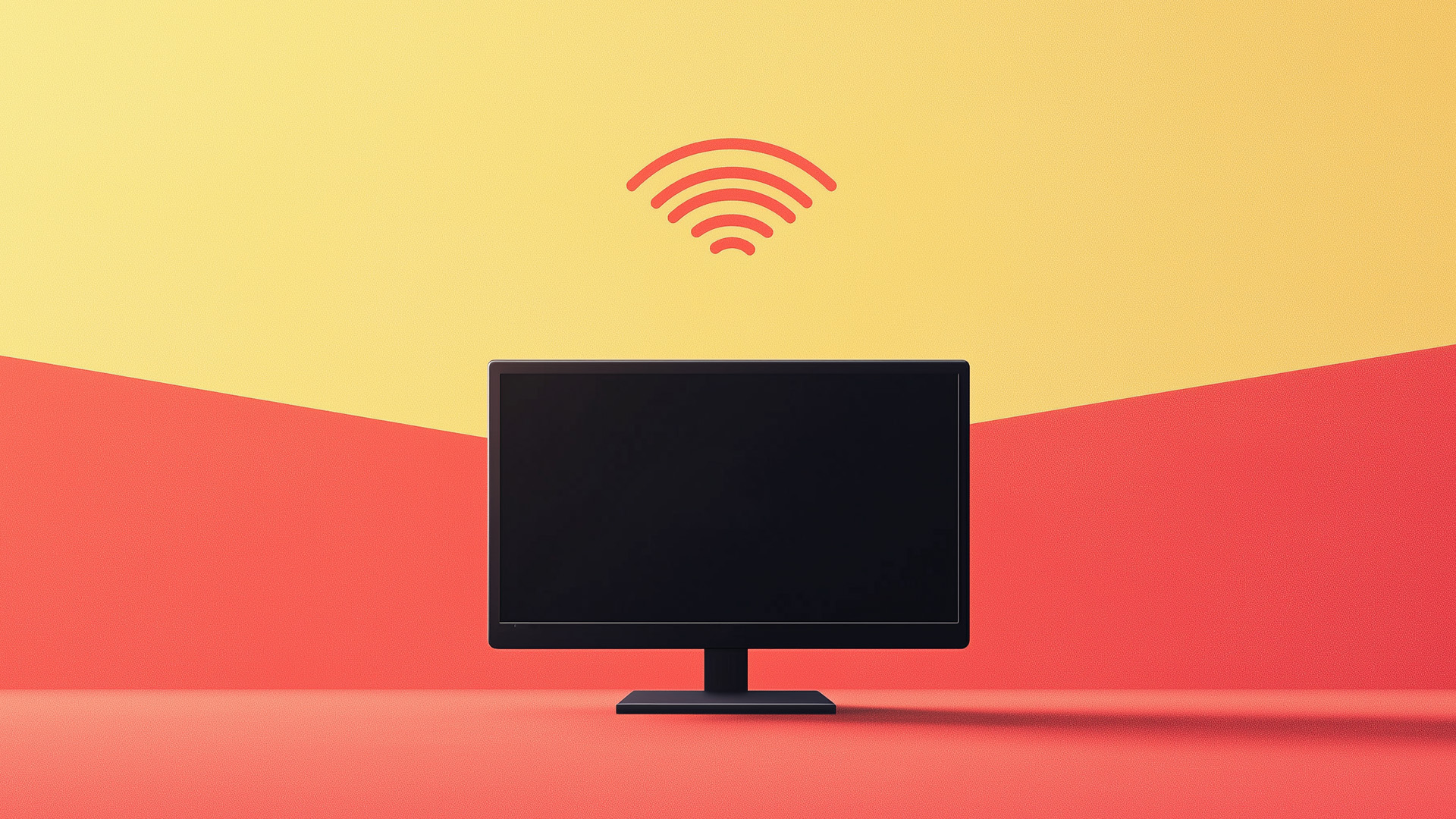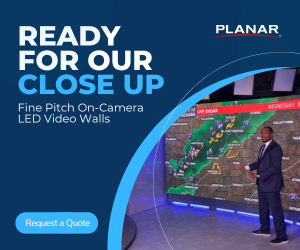LTN’s Mary Crebassa on NextGen TV rollout, current challenges

Subscribe to NCS for the latest news, project case studies and product announcements in broadcast technology, creative design and engineering delivered to your inbox.
NextGen TV technology has expanded to nearly 80 markets nationwide, with LTN supporting deployments in 69 of them, yet significant challenges remain for the complete transition to ATSC 3.0.
“We really believe in ATSC 3.0 as the next advanced standard that will be used in the United States, as well as abroad,” said Mary Crebassa, VP of major accounts at LTN, in an interview with NewscastStudio. “But at the end of the day, it costs money to do this.”
Crebassa, who chairs the Business Advisory Council for ATSC while overseeing accounts for broadcast groups controlling more than 800 stations, identified financial constraints as the primary obstacle to broader adoption. Her assessment comes as the National Association of Broadcasters has petitioned the Federal Communications Commission to establish a sunset date of 2028 for ATSC 1.0 in major markets, with a full national transition by 2030.
Financial barriers for smaller broadcasters
The transition to NextGen TV requires substantial infrastructure investment, creating adoption challenges, particularly for smaller broadcast groups, according to Crebassa.
“The broadcasters have to invest in new transmitters, their encoders, their software systems that are compatible with ATSC 3.0,” Crebassa said. “There’s network redesign that has to happen. And then the broadcasters have to update their content delivery systems to handle the advanced features.”
She noted that many smaller broadcast organizations “just can’t afford it” and expressed hope for government subsidies similar to those provided during the analog-to-digital transition.
“We’re hoping, with our fingers crossed, that the new administration will give us some guidance on when we need to cut over to ATSC 3.0,” Crebassa said. “If we get a subsidy, the broadcasters will definitely do it at that point.”
Consumer adoption challenges remain
Crebassa noted the limited availability of compatible consumer devices as another hurdle on the road ahead.
“I think we need to get the ATSC 3.0 technology in more devices. That’s the number one thing in my book — to see more devices with that technology enabled in it,” Crebassa said. “I’m talking about mobile devices as well as the TV sets and other devices.”
She noted that consumer awareness remains low.
“People don’t know what ATSC 3.0 is. They know NextGen TV, which is the marketing for it.”
Despite adoption challenges, broadcasters report positive feedback about NextGen TV’s improved performance.
“I’ve had broadcasters say right after the launch, viewers were getting ahold of us saying it looks fabulous. The audio is so much crisper and better,” she said, noting enhancements often accompanying rollout, such as HDR or Dolby Atmos sound.
Beyond improved quality, Crebassa emphasized the importance of enhanced emergency alerting capabilities. She cited a recent test by a PBS station in mid-Tennessee that integrated sign language into emergency alerts using an avatar — a feature not possible with ATSC 1.0.
“The emergency alert system is very ancient, and we need to upgrade it,” Crebassa said. “We need to bring it into this century and it should include all the advanced features that are needed.”
Revenue opportunities for broadcasters
LTN works with broadcasters on implementing SCTE marker insertion for dynamic ad insertion, one of NextGen TV’s revenue opportunities.
“We’re working with some [broadcasters] right now on projects tied to creating and putting in the SCTE markers for ad breaks,” Crebassa said.
She added that personalized advertising offers higher CPMs (cost per thousand impressions) for broadcasters.
“It increases the advertising revenue of the broadcasters. So, as far as I’m concerned, it’s a win-win situation as long as we can get it deployed across the country.”
Other potential revenue streams include subscription-based models for on-demand content and datacasting services.
“Once the automobile manufacturers started taking a look at putting internet in their cars and collecting data from the cars, that’s a perfect example where companies like Sinclair and Nexstar have been doing joint projects around datacasting,” Crebassa said, referencing the recently announced Edgebeam partnership.
Industry coordination
Successful transition requires coordination across the industry, according to Crebassa.
“The way that I look at these ecosystem technologies is it’s like a blanket that you lift up. There has to be someone at every corner to lift that blanket up at the same time,” she said. “With ATSC 3.0, we have Pearl Consortium. We have BitPath and their consortium. And those consortiums help the broadcasters significantly in dealing with the FCC regulations and when to launch.”
LTN is ready to assist broadcasters with the technical transition when regulatory deadlines are established.
“We’re already in place with mostly all of the broadcasters. We not only do ATSC 3.0 with them, but we also handle all their ATSC 1.0 signals for all sorts of different projects,” Crebassa said. “We’re probably in the best position to take those ATSC 1.0s and turn them into 3.0s since we’ve already been doing it.”
Despite the challenges, Crebassa expressed optimism about the industry’s ability to complete the transition once regulatory guidance is established and financing becomes available.
Subscribe to NCS for the latest news, project case studies and product announcements in broadcast technology, creative design and engineering delivered to your inbox.







tags
ATSC, Dolby Atmos, dynamic ad insertion, Emergency Alert System, FCC, LTN, Mary Crebassa, NextGen TV ATSC 3.0, SCTE-35 Markers
categories
Advertising, Broadcast Engineering, Broadcast Industry News, Content Delivery and Storage, Heroes, NextGen TV